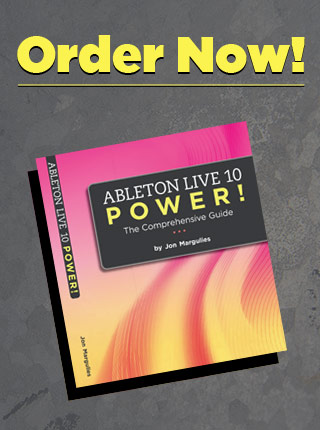The last couple of tips have gotten me back into the mindset of thinking about how to generate good musical part, rather than composing them in the traditional sense. Clever use of randomization has always been part of this process for me, and lots of other folks as well.
We’re going to take a look at how the Random device can be used in a musically coherent way, but first a little basic info on it.
Random takes a MIDI note as input and then, depending on the setting of the Chance control, outputs either that same note or a different one. The key to understanding the output notes is the relationship between Choices and Scale.
Choices is the total number of random notes the device has to choose from. Scale is the interval between the notes, specified in semitones. In other words, in the above example there are 12 possible notes, each separated by one semitone – a chromatic scale covering one octave.
Therefore, if the incoming note is C1, the pool of possible notes for random output would look like this:
If the device had Choices set to 4 and Scale set to 3, the Random device would have these notes to choose from:





